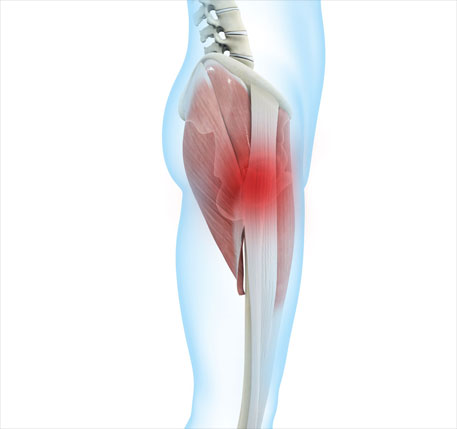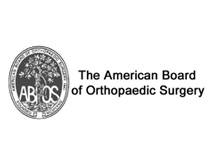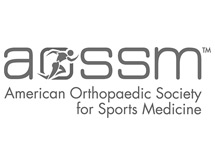Greater Trochanteric Pain Syndrome

What Is Greater Trochanteric Pain Syndrome (GTPS)?
The trochanters are the two bony projections of your femur (thighbone) near its joint with the hip bone. They serve as sites for muscle attachment. Anatomically, your femur has two trochanters:
- Greater trochanter – On the outside of your femur
- Lesser trochanter – On the inside of your femur
Greater trochanteric pain syndrome or GTPS is a localized pain disorder characterized by lateral hip pain and tenderness to palpation over the region of the greater trochanter. Pain worsens when lying on the affected side.
Causes of GTPS
GTPS is usually associated with trochanteric bursitis or inflammation of the fluid-filled sacs called bursae on the outer edge of the hip. This can occur with overuse, trauma or infection. There are several other traumatic and non-traumatic causes some of which include:
- Inflamed or injured tendons, muscles, or other structures surrounding the greater trochanter
- Iliotibial band disorders (ITB)
- Trigger points
- Lying on one side for an extended period of time
- Bone spurs in the hip or thighbone
Who is More Likely to Develop GTPS?
The risk of developing GTPS increases for women between the ages of 40 and 60 and people with the following:
- Obesity
- History of hip surgery
- Arthritis
- Spinal problems
- Leg length discrepancy
- History of thyroid disease
Symptoms of GTPS
With GTPS you may experience:
- Chronic pain or soreness in the outer part of the hip
- Swelling and pain in the leg affected by GTPS
- Numbness in the upper thigh of the affected leg
- Sleep disturbance when you lie on the affected side
- Pinpoint tenderness on palpation over the greater trochanter area
- Pain with extreme rotation, abduction or adduction
Complications Associated with GTPS
Major complications of GTPS include:
- Chronic pain that affects your daily activities
- Loss of hip movement
- Possibility of disability
Diagnosis of GTPS
Your doctor will review your symptoms and medical history and perform a physical examination. Tenderness over your hip is noted. GTPS can be diagnosed with the help of certain tests which include:
- Single leg stance or straight leg raise test
- Resisted internal rotation or active abduction test
- Point tenderness at greater trochanter test
- Patrick’s or FABER test (a series of pain provocation tests)
- Ultrasound, MRI or X-rays
Treatment of GTPS
Your doctor may ask you to avoid activities that could aggravate GTPS. This will give your hip adequate rest and time to heal. Other treatments recommended include:
- Nonsteroidal anti-inflammatory drugs (NSAIDs)
- Physical therapy including exercises, massage, ultrasound, TENS, ice or heat.
- Specific and goal-directed rehabilitation programs
- Steroid injections
- Assistive devices such as a cane or crutches as support
In conservative treatments are unsuccessful, your doctor may recommend to undergo arthroscopic surgery to remove the affected bursae. This can be performed with arthroscopy through small incisions for a faster recovery.
Recovery After GTPS Surgery
Following surgery and while you heal, you may be asked to:
- Avoid repetitive activities like jogging
- Lose weight if you are overweight to relieve pressure on your joints
- Use orthotics or shoe inserts for leg length inequality
Your doctor may also recommend preventive exercises to strengthen your thighs and stabilize your hip joint.










